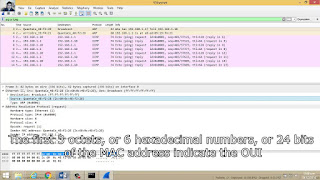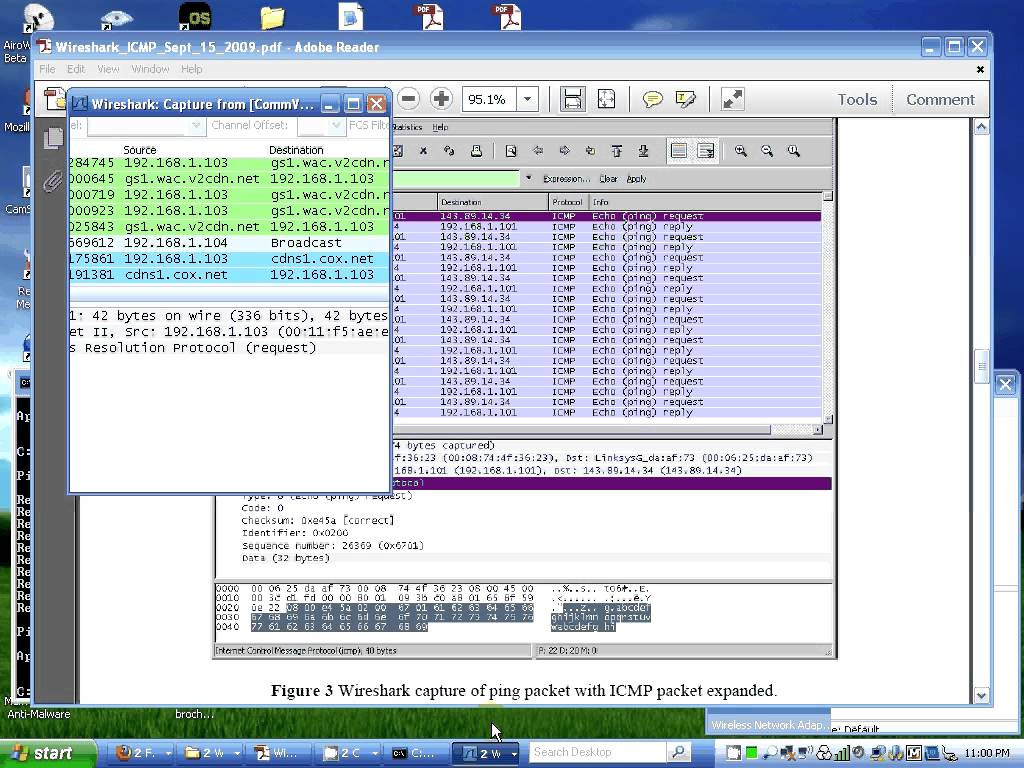

You can use a combination of different qualifiers in order to filter out your search.
Proto (protocol) – with protocol qualifiers, you can specify the specific protocol you would like to capture. In that way, “src” marks the source, and “dst” marks the destination. Dir (direction) – these qualifiers are used in order to specify a transfer direction. Type qualifiers include port, net, and host. Type – with these qualifiers, you specify what kind of thing the identifier represents. Qualifiers can be divided into three different kinds: These expressions consist of one or several primitives, and primitives consist of an identifier (values or names that you’re trying to find within different packets), followed by one or several qualifiers. The Berkley Packet Filter syntax captures filters based on different filtering expressions. Since this is the syntax that is most commonly used in packet analysis, it’s important to understand how it works. Within Wireshark, a syntax called Berkley Packet Filter (BPF) syntax is used for creating different capture filters. How do they work? By setting a specific filter, you immediately remove the traffic that does not meet the given criteria. These filters are used before the process of packet capturing. Knowing how to use different filters is extremely important for capturing the intended packets.  What type of traffic do you want to analyze? The type of traffic will depend on the devices within your network. What devices do you have inside your network? It’s important to keep in mind that different kinds of devices will transmit different packets. Do you have promiscuous mode supported? If you do, this will allow your device to collect packets that are not originally intended for your device. The process of analysis in Wireshark represents monitoring of different protocols and data inside a network.īefore we start with the process of analysis, make sure you know the type of traffic you are looking to analyze, and various types of devices that emit traffic: HTTP with Secure Sockets Layer – HTTPS (HTTP over SSL/TLS) If you want to learn about the most common ones, check out the following list: Port numberĭynamic Host Configuration Protocol – DHCP Different ports are used for different protocols. And public ports are ports from 49152-65535, they can be used by any service. Then, from 1024 to 49151 are registered ports – they are assigned by ICANN to a specific service. They can be divided into three different categories: ports from 0 – 1023 are well-known ports, and they are assigned to common services and protocols.
What type of traffic do you want to analyze? The type of traffic will depend on the devices within your network. What devices do you have inside your network? It’s important to keep in mind that different kinds of devices will transmit different packets. Do you have promiscuous mode supported? If you do, this will allow your device to collect packets that are not originally intended for your device. The process of analysis in Wireshark represents monitoring of different protocols and data inside a network.īefore we start with the process of analysis, make sure you know the type of traffic you are looking to analyze, and various types of devices that emit traffic: HTTP with Secure Sockets Layer – HTTPS (HTTP over SSL/TLS) If you want to learn about the most common ones, check out the following list: Port numberĭynamic Host Configuration Protocol – DHCP Different ports are used for different protocols. And public ports are ports from 49152-65535, they can be used by any service. Then, from 1024 to 49151 are registered ports – they are assigned by ICANN to a specific service. They can be divided into three different categories: ports from 0 – 1023 are well-known ports, and they are assigned to common services and protocols.








